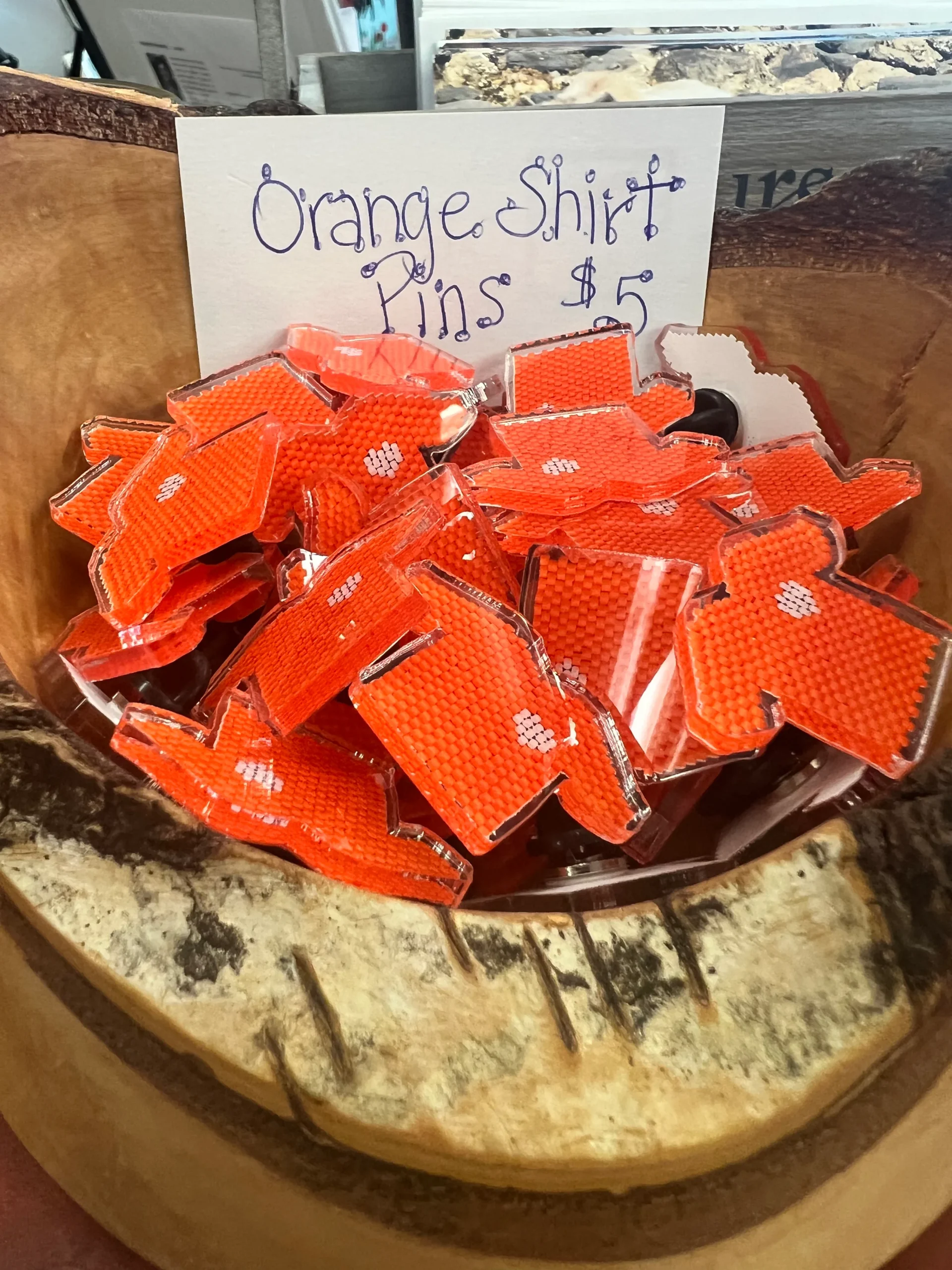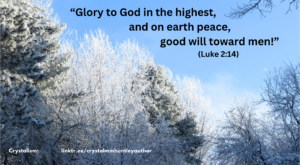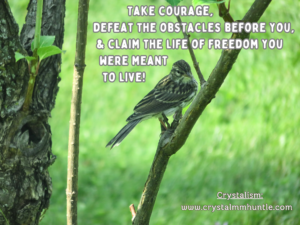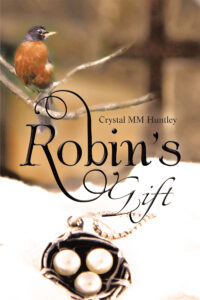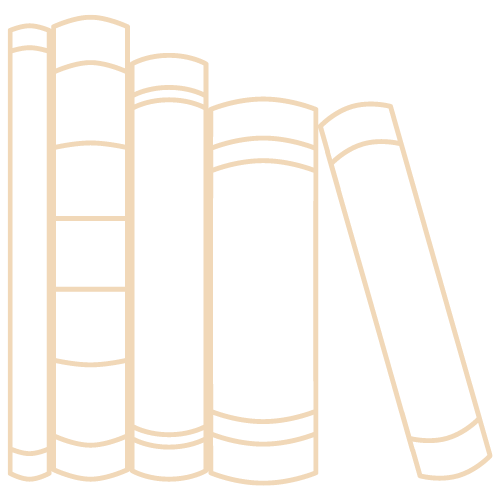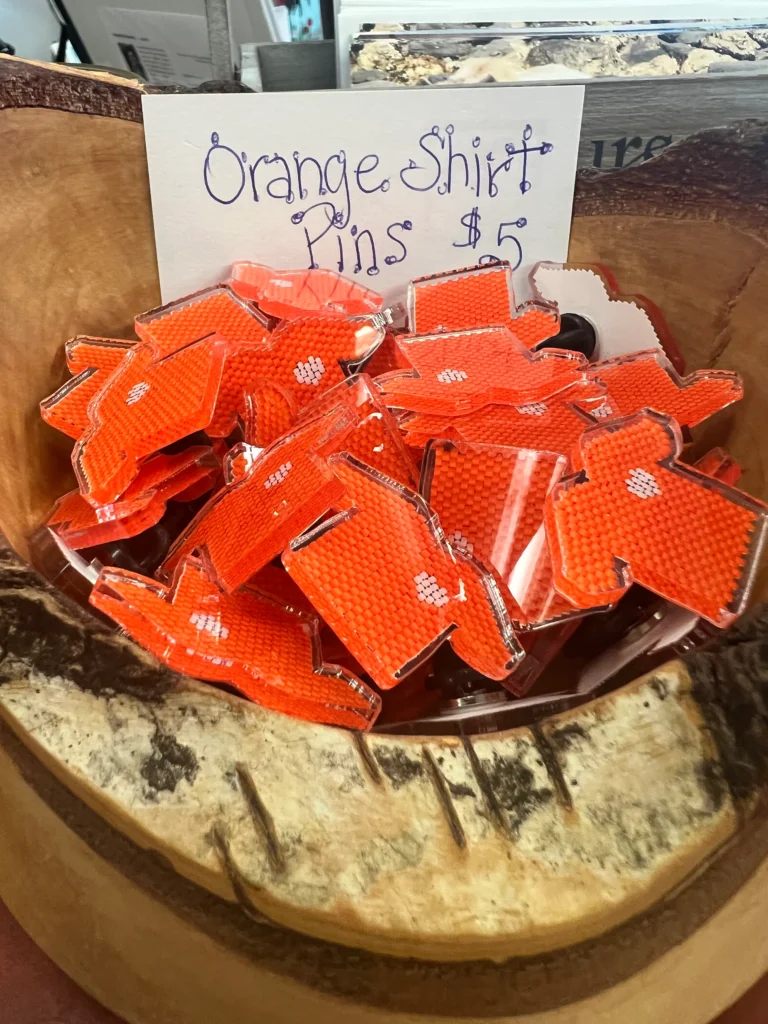
Do you know the significance behind Orange Shirt Day? I used this photo with permission from Robert Pictou Jr.’s shop, https://robert-pictou.square.site. Each purchase of his exquisite artwork supports and brings awareness to Orange Shirt Day.
Why Do I Care?
I care because I exist with a passionate awareness of the plague of abuse. I care because I spent much of my life in Michigan and Northern Maine along the Canadian borders. As a result, I have come to view our northern neighbors as friends. I also care because even though God made me a freckle-faced, blue-eyed, pale-skinned redhead, my genetic makeup includes Indigenous bloodlines from grandparents on both sides.
My maternal grandmother, due to adoption, never knew her genetic pool contained Chippewa lineage until her senior years. I see it in her facial structure when I look at pictures of her. And, my maternal grandfather never mentioned, his Chippewa bloodline due to shame. My paternal grandmother was born in Saskatchewan, Canada, into an Anglo-Saxon family, the only child of eight who carried an indigenous bloodline.
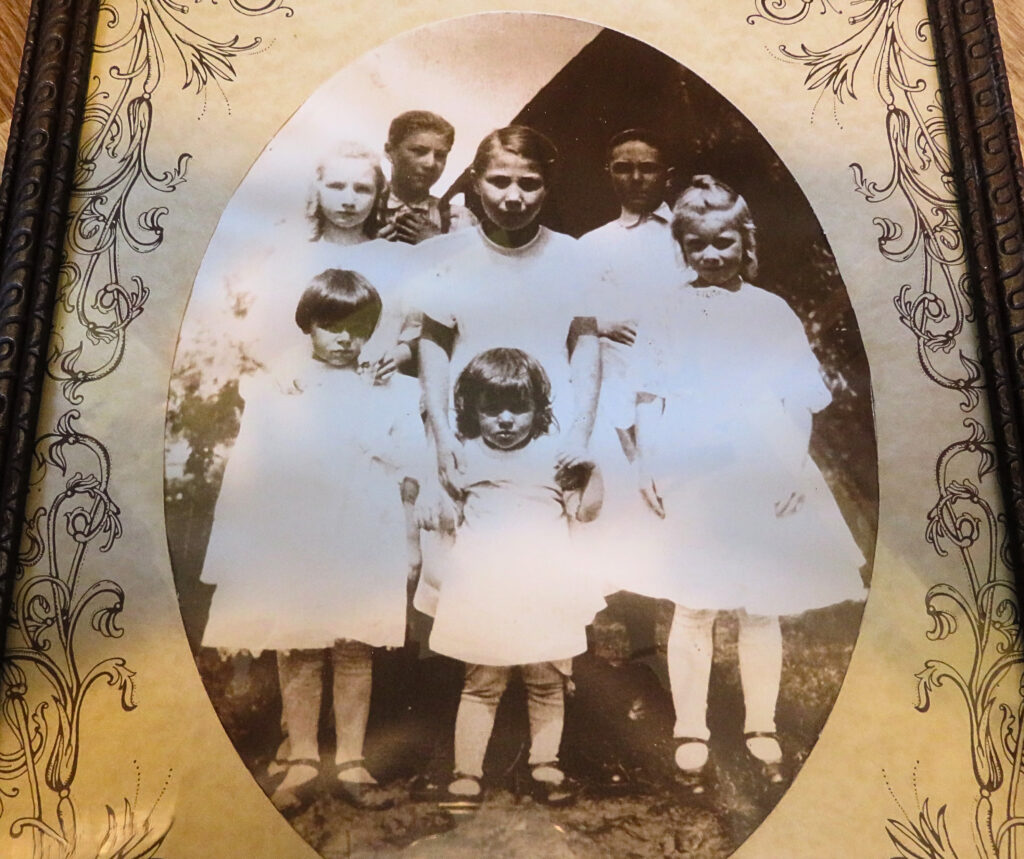
I remember Grandma telling me accounts about how cruelly her siblings treated her. Grandma Carol, who taught me pride in having a native bloodline, called me “Running Fawn.” She shared of a Chippewa Chief who settled into Saskatchewan during his Manhood Journey and became her father. Before my birth, the native population where they lived welcomed my grandparents into their society. Having learned the art of beading and other forms of native jewelry making, she and Grandpa Bill opened a shop.
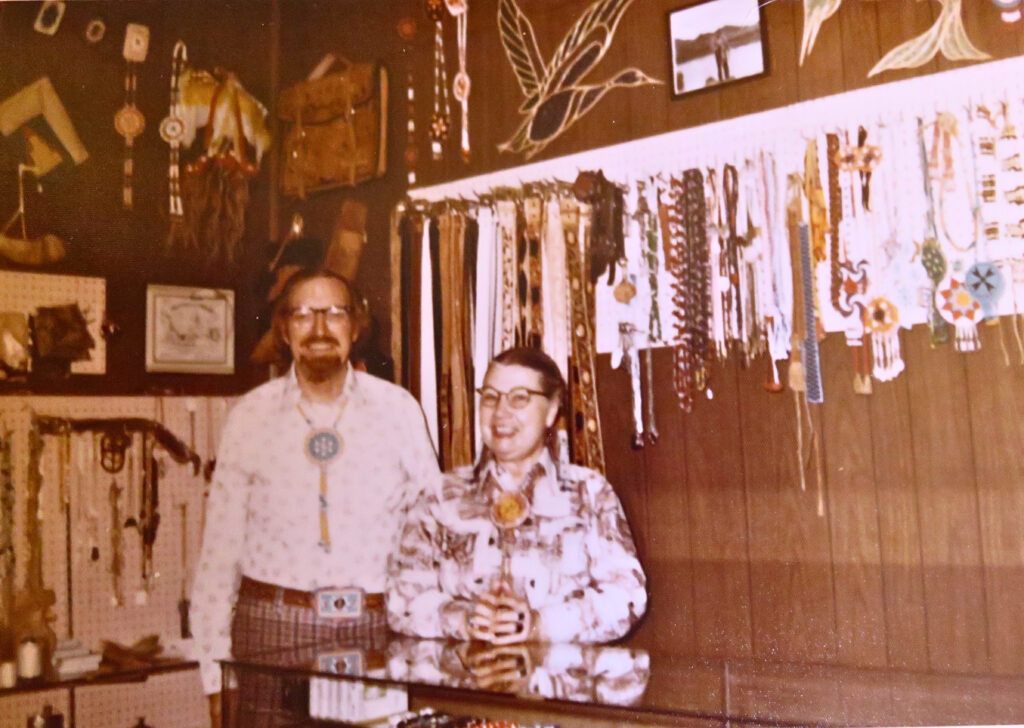
The question looms over my head as to if the man who raised me was my father. When it comes to Grandma Carol’s love for me, that answer does not matter. Throughout my troubled, abuse-filled childhood, I clung to the truth that my grandmother loved and cherished me. Whether or not I carry her bloodline, she will always be my grandmother.
Fantasizing
The hours spent alongside Grandfather in their shop and treasured moments of Grandmother teaching me the tribal ways are some of my fondest childhood memories. As a result, my ten-year-old self lifted my head high and proudly declared that I was Chippewa. I had no idea that the glamour of an indigenous bloodline existed only in my imagination.
While I gained internal pride and strength in believing that Chippewa blood ran through my veins, I remained ignorant to the fact that a classmate of mine belonging to the Mi’kmaq tribe struggled daily from the heart-retching abusive results heavily inflicted upon his family. I never understood why anyone would treat another differently simply because of their race. The concept of such inhumane mistreatment did not sink in.
In time, I battled with the realization that I carried no physical indigenous traits. Eventually, this conflict and other reasons led to my questioning the truth of who my father was. But this is a story for another time.
The Tragic Truth
In my September 11, 2024 blog https://crystalmmhuntley.com/2024/09/help-bring-virginia-pictou-noyes-home/, I relay the devastating events that led to the disappearance of Virginia Pictou Noyes. Tragically, Virginia’s case is not an isolated one. Indigenous females fall victim to murder at a rate ten times greater than the general population. It remains the third leading cause of death for Indigenous Women, according to https://www.asu.edu/.
84.3% of Indigenous Women have fallen victim to violence. And over half have been violated by sexual abuse. These alarming statistics ache within my heart, and sad to say, Virginia Pictou Noyes is among them.
When I spoke to Virginia’s older brother, Robert, and researched Virginia’s case, a new world opened up. I came to see that our Indigenous brothers and sisters did not live the astounding existence my childhood self imagined. A large part of the blame for these alarming statistics lies in how past generations treated our Indigenous brothers and sisters.
From the 1830s until 1996, throughout Canada, approximately 150,000 Indigenous children were forcibly ripped from their families and sent to over 130 institutions. These state-sponsored, church-run institutions disguised as schools had one goal, to “cleanse” the population of indigenous traits.
The Canadian government designed these “schools” to assimilate Indigenous children into the dominant society. Within these “schools,” children were beaten, emotionally traumatized, and sexually assaulted. In 2021, officials discovered unmarked graves beside many of these now-abandoned schools. Officials estimate that over 6,000 children have died at the hands of these institutions. You can read more about this at https://www.thecanadianencyclopedia.ca/en/article/orange-shirt-day.
Trauma’s Effects
Virginia’s parents were counted among the thousands of Indigenous children raised in such barbaric conditions. Wounds such as those inflicted upon Robert Pictou Sr. and his wife cut deep within a person’s soul. People don’t just overcome the consequences of those deeply etched offenses. The emotional trauma of such events damages a person throughout their lifetime and trickles down from generation to generation. Breaking the chains forged by the effects of abuse requires the work of multiple generations.
Orange Shirt Day
In the 1980s, people began to speak up, demanding compensation for their past treatment. Their persistence resulted in the largest class action lawsuit in Canadian history. In 2013, they presented to their government a movement to remember the countless children who suffered from this “genocide.” As a remembrance, the Orange Shirt Day movement began, becoming a national holiday in June 2021, annually recognized on September 30.
Phyllis’s Story
This national recognition day got its name from Phyllis Webstad, a member of a Northern Secwepemc tribe. In 1973, at age six, her grandmother purchased Phyllis a bright orange shirt to wear on her first day of school. When Phyllis arrived at the school, they stripped her and other Indigenous children of their clothes, forcing them to wear government-issued garb. Phyllis never again saw her beloved orange shirt.
Phyllis couldn’t understand why they wouldn’t return her shirt to her. From that day forth, the color orange reminded her of the insignificance of her feelings. No one cared, and no one heard her cries. She felt of no worth.
In May 2013, Phyllis told her story at the Williams Lake Event, designed to reunite residential school survivors with their families. As she spoke, the idea germinated to adopt the orange shirt as a symbol of remembrance to teach and heal. Today, Orange Shirt Day carries the message “Every Child Matters.”
This significant day honors and commemorates survivors, their families, and their communities. It brings supportive healing and awareness for reconciliation in Canada.
Dedication
In honor of both of my grandparents, Virginia, and the Pictou family, I speak out on behalf of the multitudes of missing and murdered Indigenous women in the United States and Canada. Too many victims’ cries due to this heinous crime have gone unheard for far too long. And too many victims remain unaccounted for. Spreading the knowledge of Orange Shirt Day is one way to bring attention to this issue. As more people hear the scope of these crimes, more voices will call out, demanding further actions to protect this vital community of women.
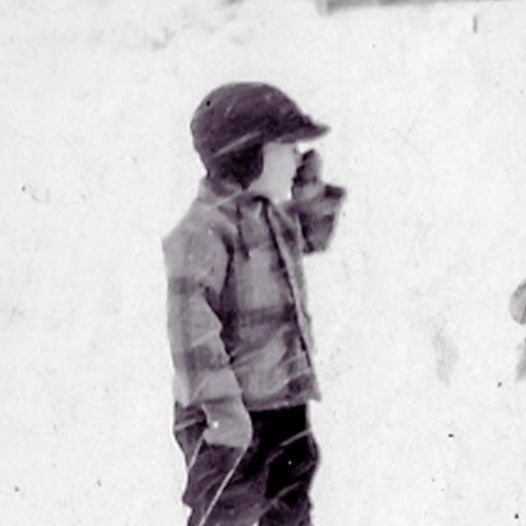
The precious child in this photo is Robert Pictou Sr. at age six. This is his last picture taken before being abducted and brought to Shubenacadie Residential School, where he resided for seven years.
Those who ran the school called him a savage and replaced his name with #72.
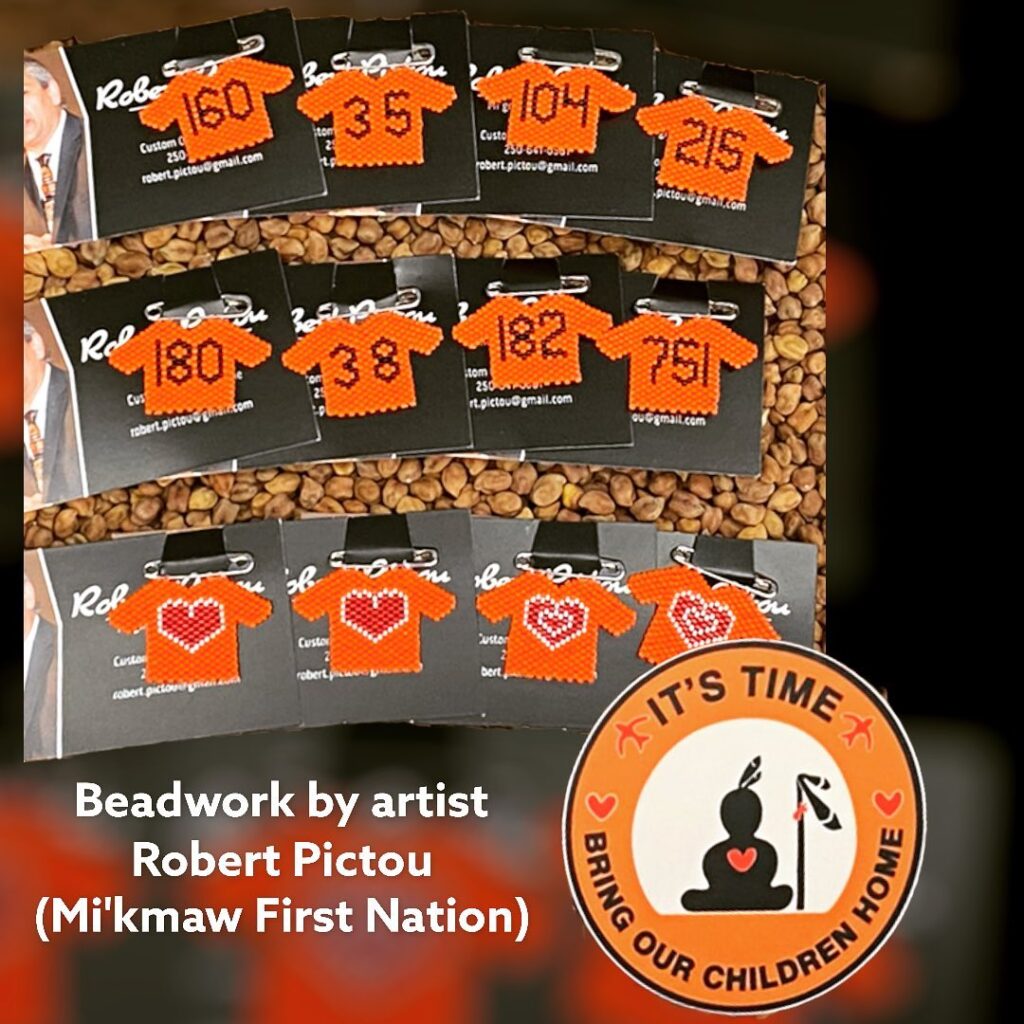
Available in his shop at https://robert-pictou.square.site
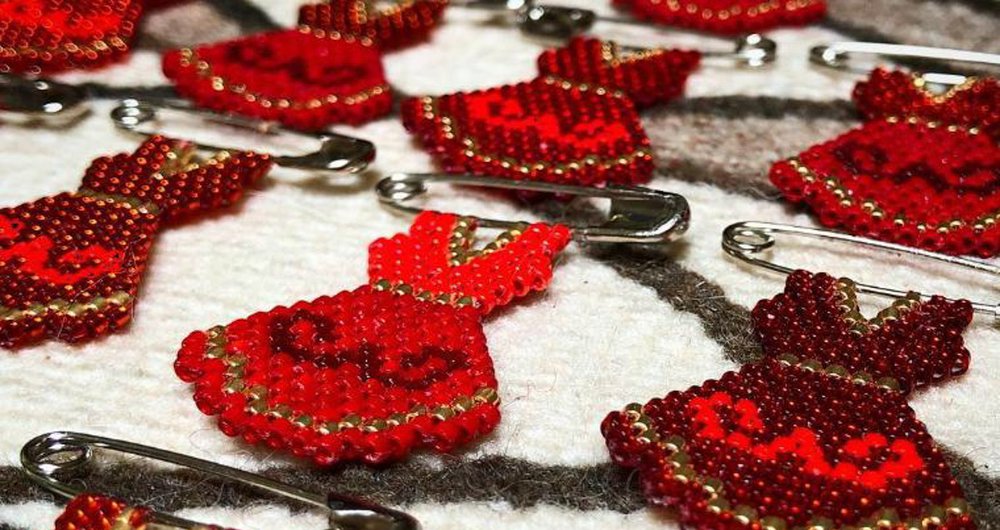
Robert Pictou’s art honoring MMIW (Missing and Murdered Indigenous Women) is available in his shop.
According to Robert Pictou Jr., his father was awakened at dawn to feed farm animals and milk cows. They fed him cold oatmeal for breakfast, then he changed into Church clothes and attended Mass, after which he changed into school clothes and reported to his first class by 9:00 AM. Young Robert Pictou spoke only his native language. For not knowing English, he was punished and humiliated.
Such tragic circumstances continuously occur within our troubled world. These events create the groundwork for untold abuses within all societies. We can conquer the plague of abuse by standing up for the helpless and giving a voice to those who have been silenced by abuse.
Note To My Readers
Hopefully, you have gained value from this blog post. If you have, I would like to offer you the opportunity to purchase my books. You can buy The Hidden Diamond and Robin’s Gift at BUY-the-BOOK https://www.amazon.com/s?i=digital-. Two additional sites where you can find my books are https://bkbookshoppe.com and https://bizybookstore.com.
Each purchase of my books supports my mission to help those trapped in abuse break those chains and find their way to freedom while drawing closer to their Maker. Once you have read either of my books, feel free to leave a review on the site you purchased from. Your review will encourage others also to seek out the path of healing.
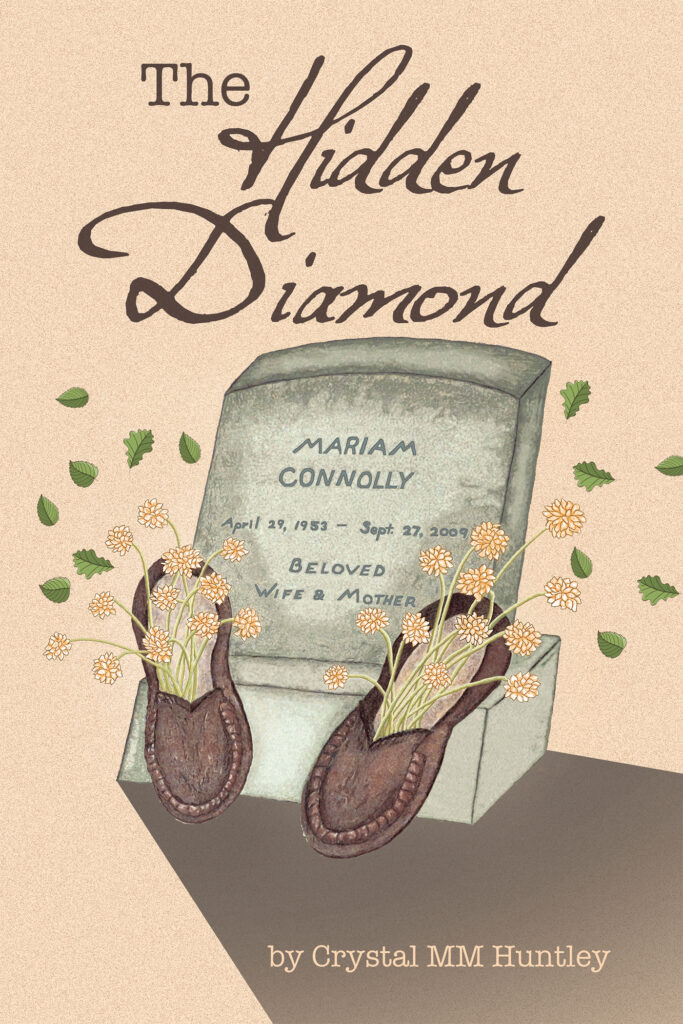
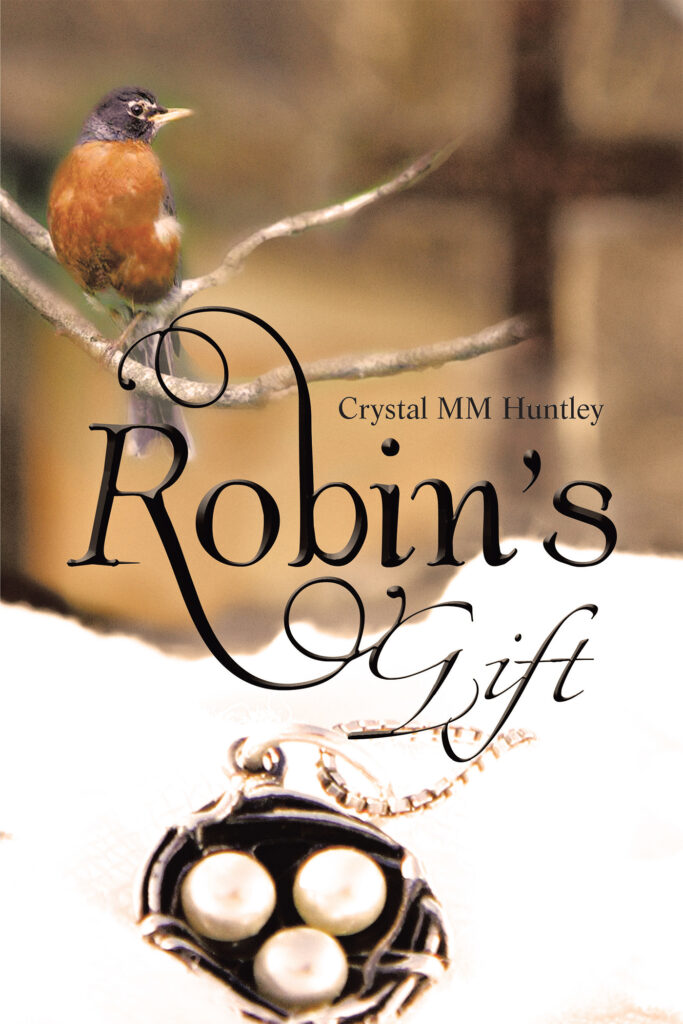
Alexandra All souls are priceless no matter their past. A personal reason to testify. Assure myself with a pep talk. Boundaries Breaking Out Breathe into the space of peace. Complex CPTSD Continue to write for God. Difficult people can become a catalyst for growth. Discover My Newest Post Ehlers-Danlos Syndrome Forgiveness Free Giveaway From Robin’s Gift God chooses. Grace Enters Hope How I got out of the wheelchair. Installing Healthy Boundaries Invite Keep up the good work. Master New Skills My Mission My Story No meaningful journey exists without pitfalls. Note To My Readers Resources Robin’s Gift Robin’s Gift – A Sneak Peak Share my healing journey. Taboo topics have infiltrated people. Take the Challenge Thank you. The Behind Story The Hidden Diamond Transcend into healthy boundaries. Upcoming Posts We Don’t Know What We Don’t Know. Why I Write Writing Is My Passion Writing Mirrors Life You Are Worthy! Your Gain “When I am weak then I am strong.”
- Is It Shameful to Receive Help?
- Do You Know What Abuse Is?
- How to Learn Not to Be a Victim
- Because of You, Daffodil Dayz 2025 was Triumphant!
- The Connection Between Broken Trust and Instability
- June 2025
- May 2025
- April 2025
- March 2025
- February 2025
- January 2025
- December 2024
- November 2024
- October 2024
- September 2024
- August 2024
- July 2024
- June 2024
- May 2024
- April 2024
- March 2024
- February 2024
- January 2024
- December 2023
- November 2023
- October 2023
- September 2023
- August 2023
- July 2023
- June 2023
- May 2023
- April 2023
- January 2022

